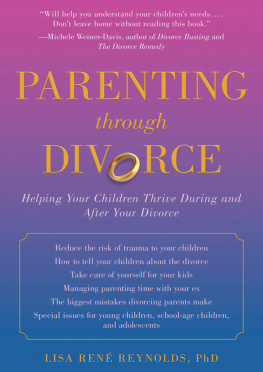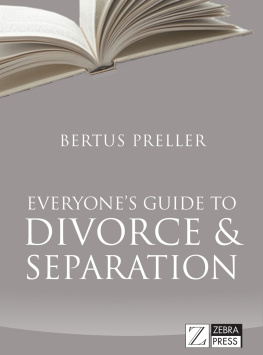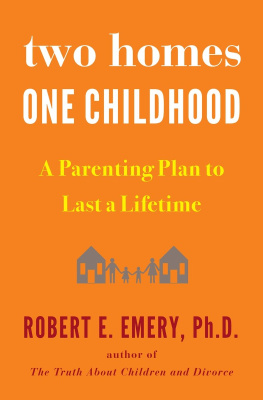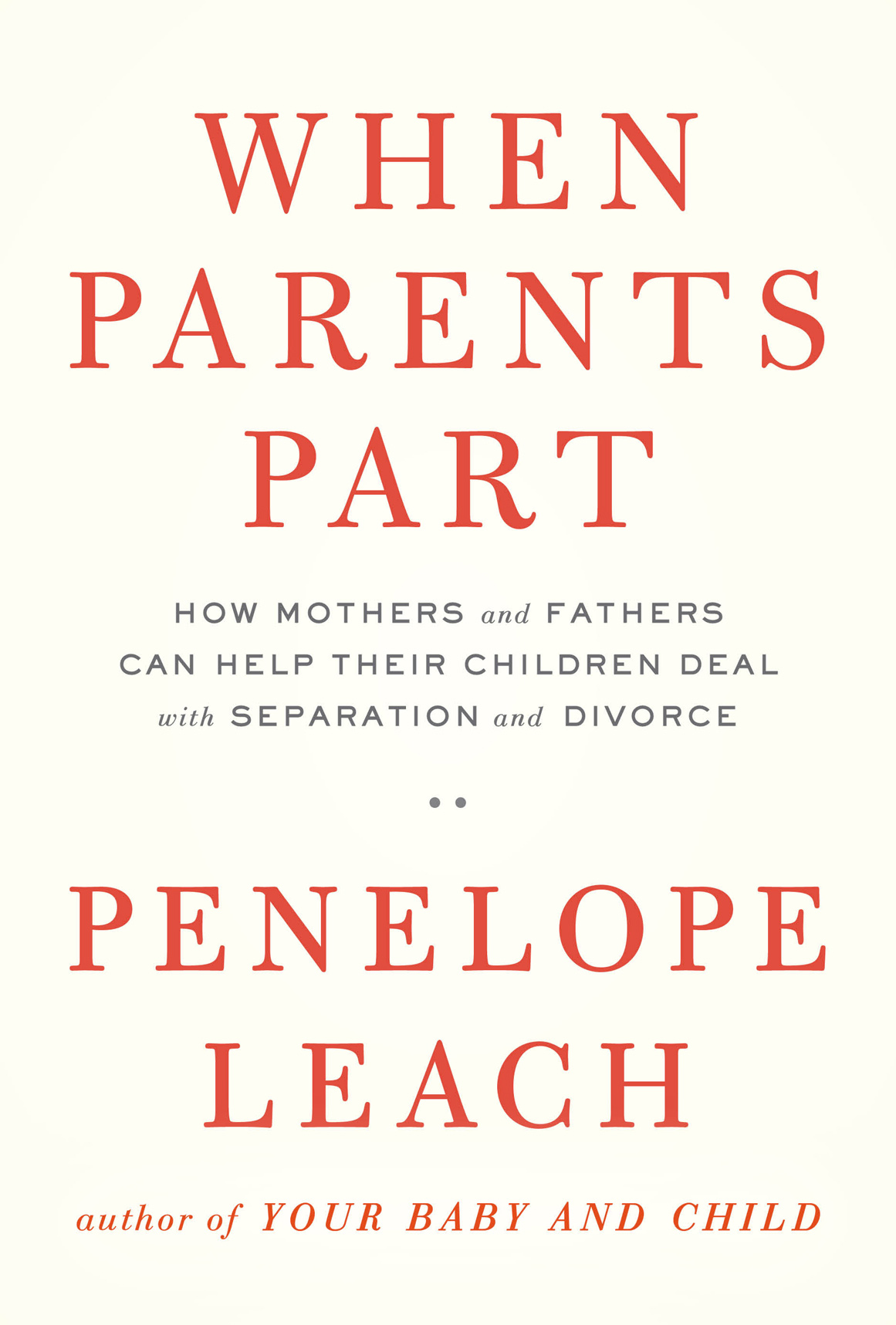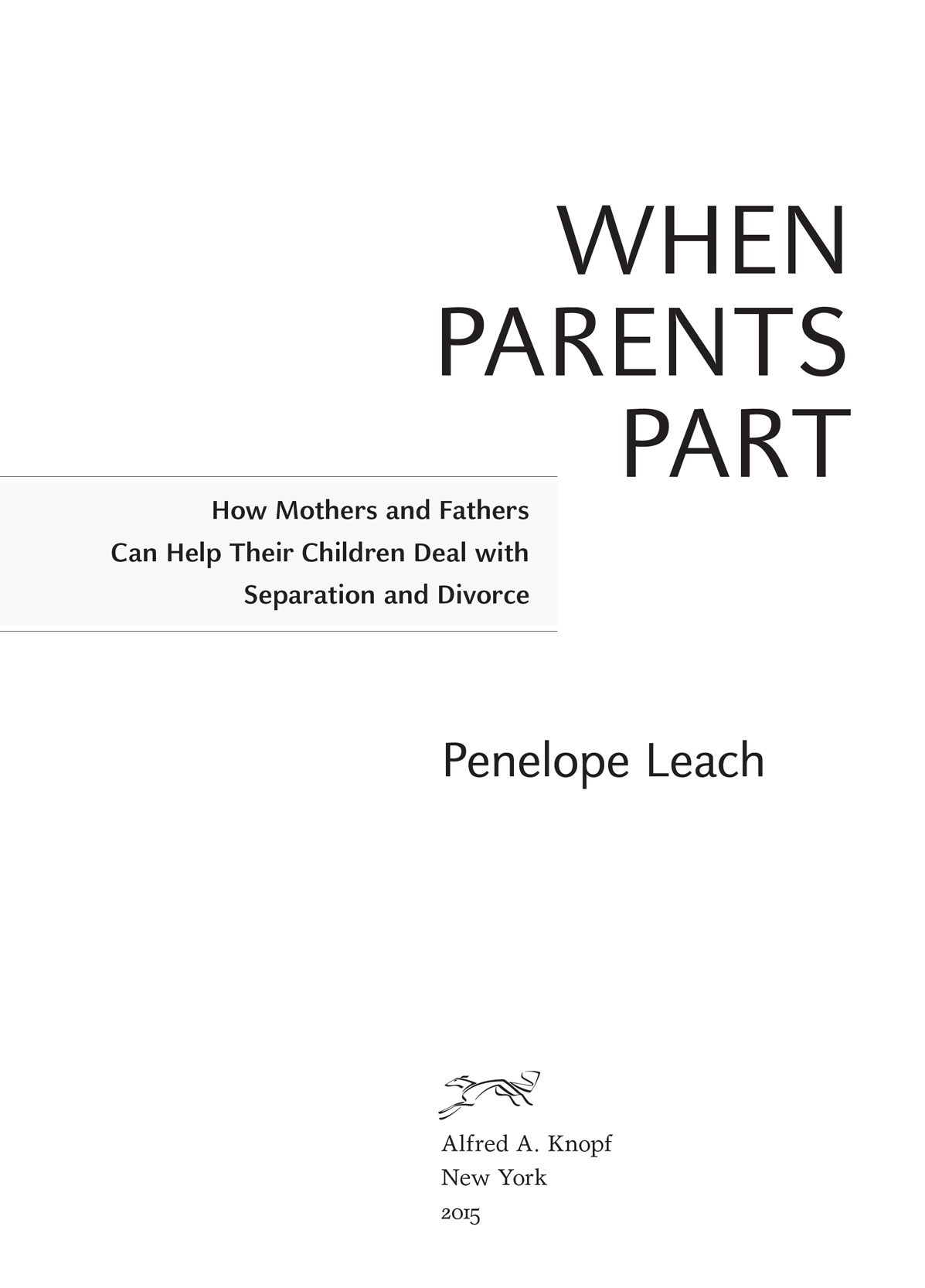Penelope Leach - When Parents Part: How Mothers and Fathers Can Help Their Children Deal with Separation and Divorce
Here you can read online Penelope Leach - When Parents Part: How Mothers and Fathers Can Help Their Children Deal with Separation and Divorce full text of the book (entire story) in english for free. Download pdf and epub, get meaning, cover and reviews about this ebook. year: 2015, publisher: Knopf Doubleday Publishing Group, genre: Children. Description of the work, (preface) as well as reviews are available. Best literature library LitArk.com created for fans of good reading and offers a wide selection of genres:
Romance novel
Science fiction
Adventure
Detective
Science
History
Home and family
Prose
Art
Politics
Computer
Non-fiction
Religion
Business
Children
Humor
Choose a favorite category and find really read worthwhile books. Enjoy immersion in the world of imagination, feel the emotions of the characters or learn something new for yourself, make an fascinating discovery.

- Book:When Parents Part: How Mothers and Fathers Can Help Their Children Deal with Separation and Divorce
- Author:
- Publisher:Knopf Doubleday Publishing Group
- Genre:
- Year:2015
- Rating:4 / 5
- Favourites:Add to favourites
- Your mark:
When Parents Part: How Mothers and Fathers Can Help Their Children Deal with Separation and Divorce: summary, description and annotation
We offer to read an annotation, description, summary or preface (depends on what the author of the book "When Parents Part: How Mothers and Fathers Can Help Their Children Deal with Separation and Divorce" wrote himself). If you haven't found the necessary information about the book — write in the comments, we will try to find it.
Recent research clarifies why parentsfathers as much as mothersare so crucial to children of all ages and how their separation can turn childrens lives upside down. Drawing on the latest scientific findings, as well as on her many years of professional and personal work with children, Penelope Leach describes how parents can minimize the impact of separation and divorce on children through the six stages of a childs life, from infancy to adulthood. She helps parents find ways to continue being fathers and mothers when they are no longer husbands and wives. She explains recent studies that overturn numerous common assumptions, revealing, for example, that many standard custody arrangements can undermine young childrens attachment to parents and in the case of infants even negatively affect their brain development; that unless infants and toddlers are already closely attached to both parents, regular overnights with the noncustodial parent may be damaging; and that dividing a childs time equally between the parents may be fair to them but seldom is best for the child. And, throughout, Leach grounds her approach with anecdotal evidence presented in the voices of children and parents themselves.
Leachs child-centered advice, profoundly thoughtful and thorough, tackles the issues from every angleemotional, scientific, psychological, practical, legalcovering everything from access, custody, and financial considerations to managing separate sets of technology in two houses. Above all she is insistent that for the sake of their future development, the needs of children must be put first. She is persuasively clear that mutual parenting, while seldom easy, is the best way forward for both the parents and the children.
Penelope Leach: author's other books
Who wrote When Parents Part: How Mothers and Fathers Can Help Their Children Deal with Separation and Divorce? Find out the surname, the name of the author of the book and a list of all author's works by series.


